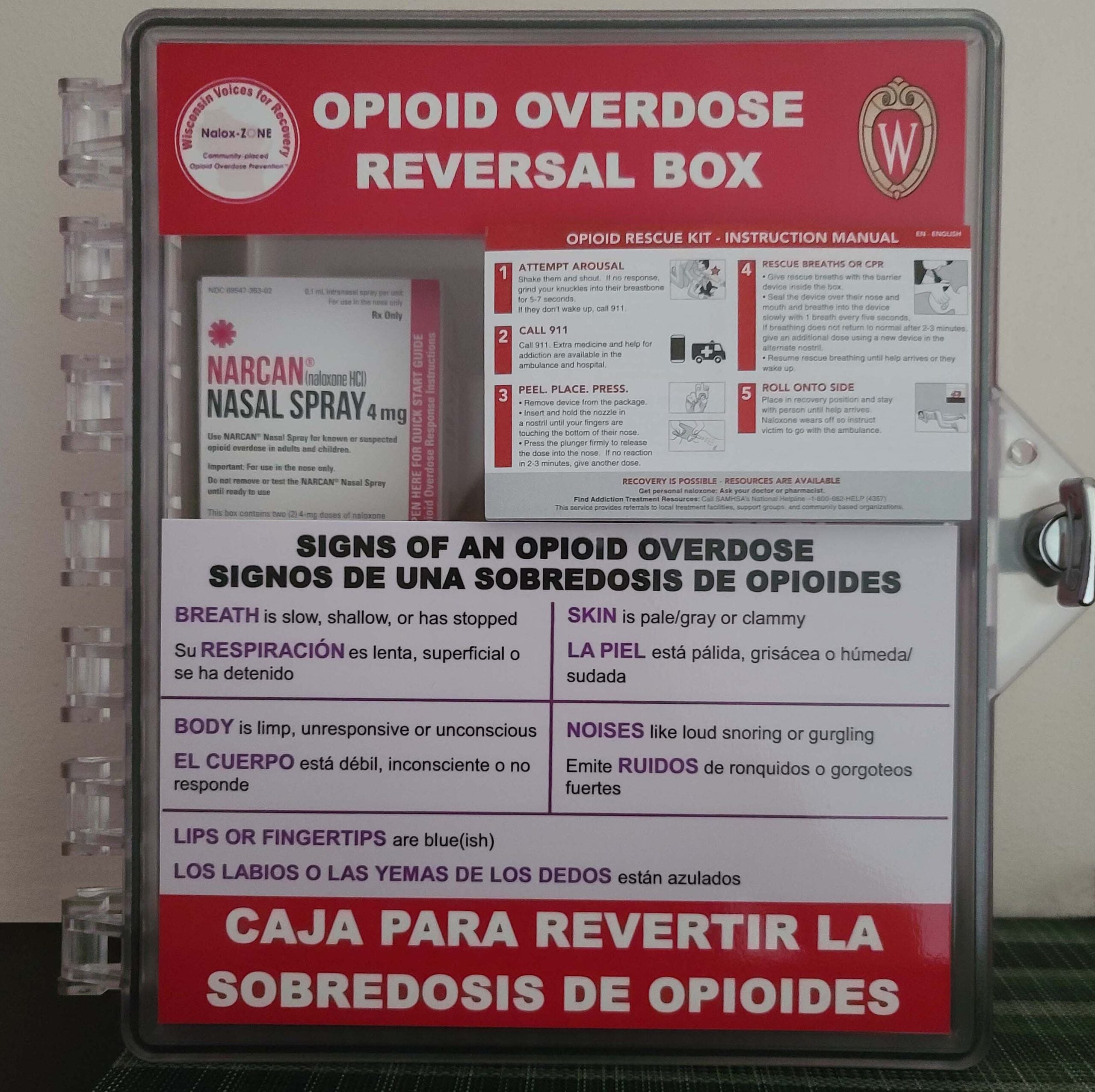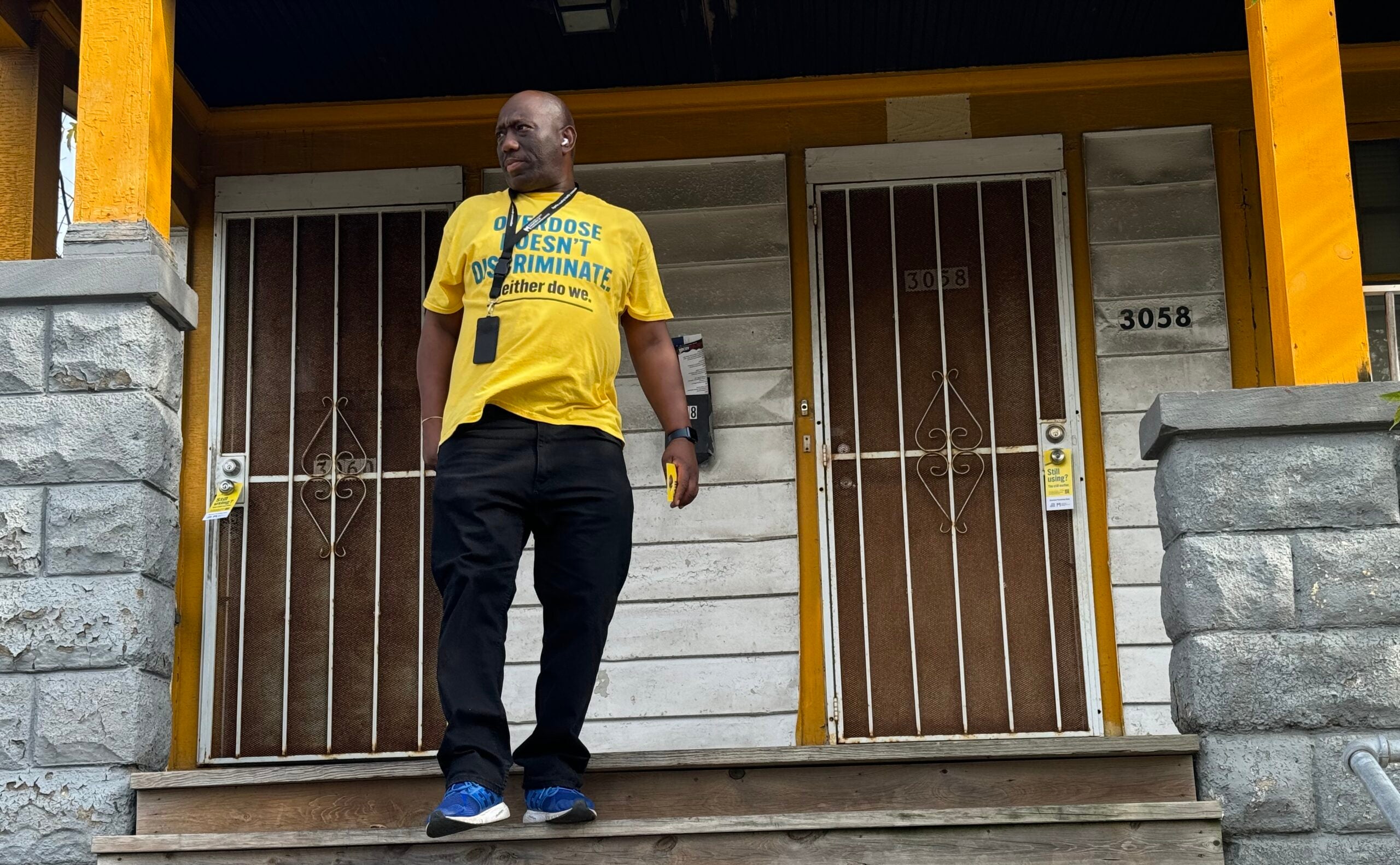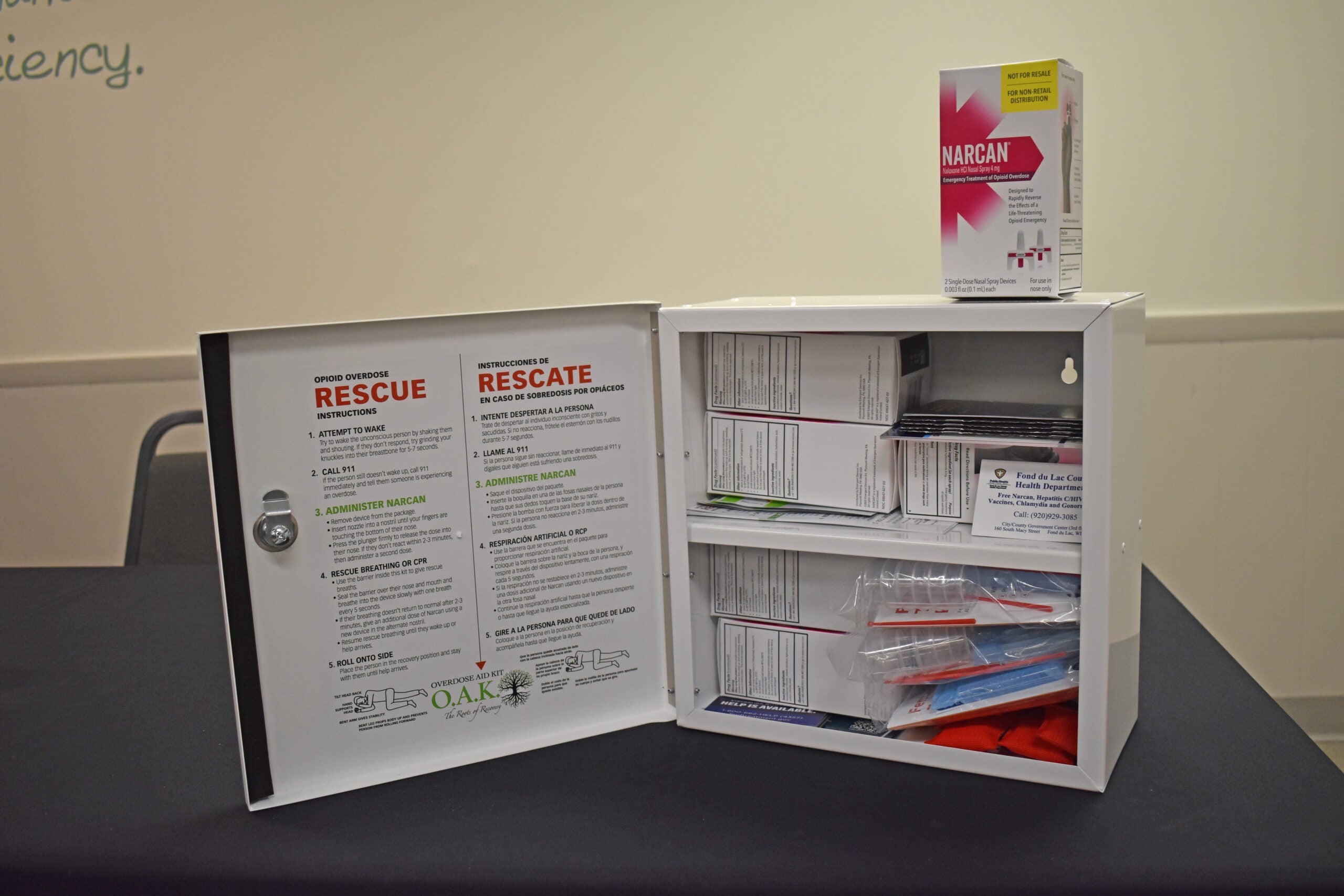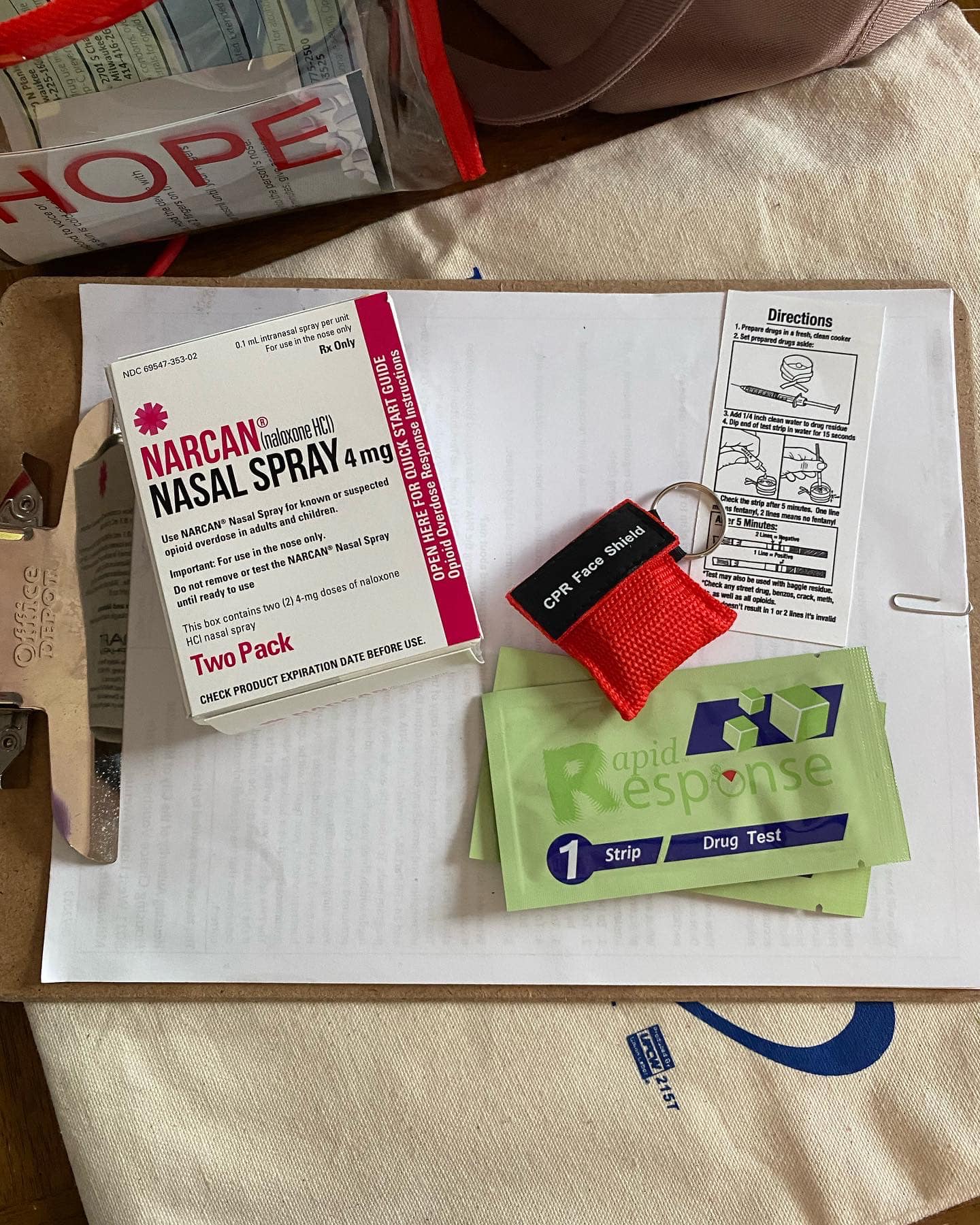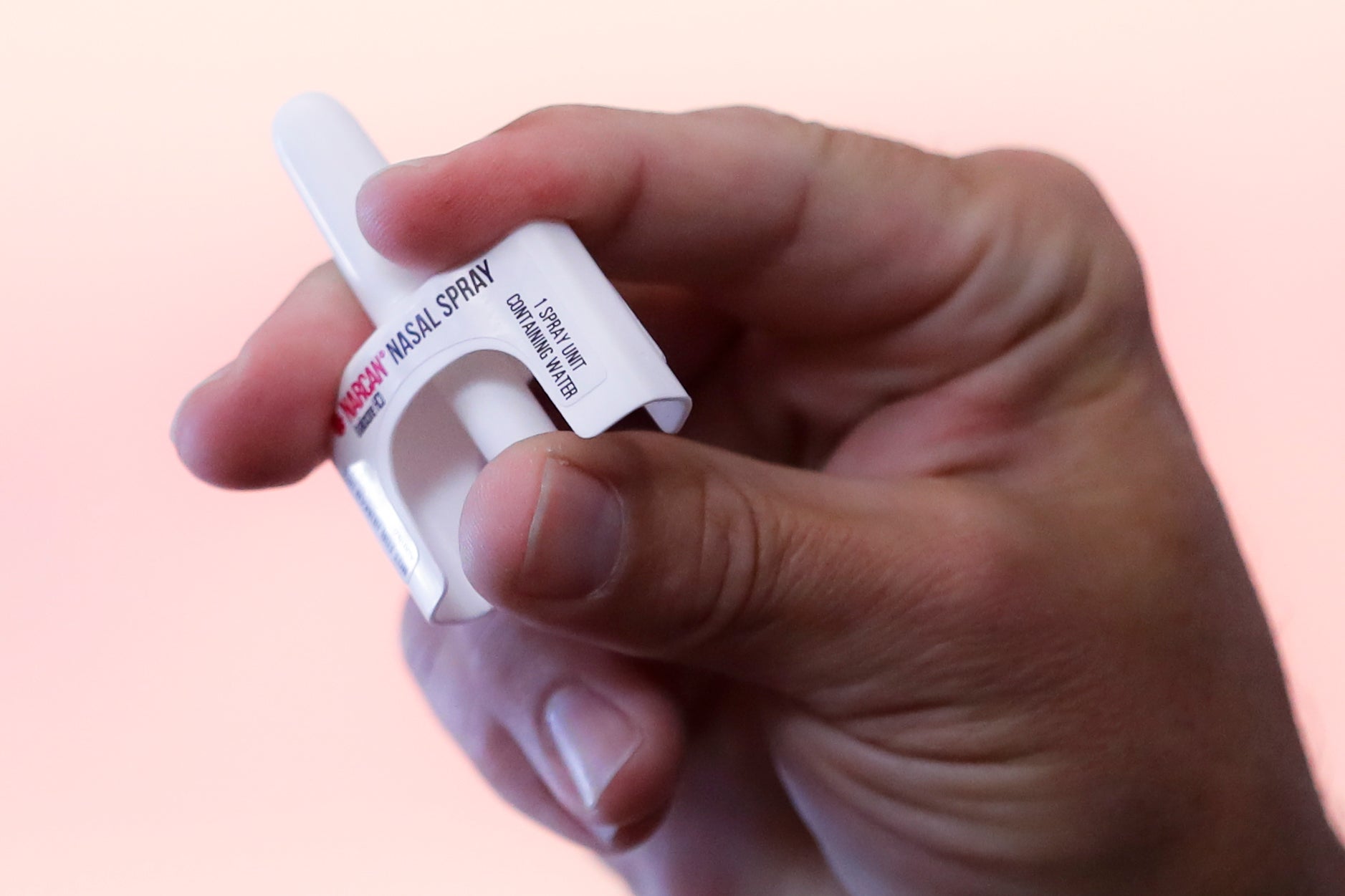As opioid deaths surge in Wisconsin, a growing number of universities are making the overdose reversal drug naloxone publicly available in dormitories and other campus buildings.
This fall, the University of Wisconsin-Madison, UW-Milwaukee, UW-La Crosse, UW-Eau Claire and UW-Parkside installed opioid overdose rescue kits called “Nalox-ZONE” boxes aimed at preventing opioid overdose deaths. They join UW-Oshkosh, which installed the boxes in late 2021.
The Nalox-ZONE boxes look similar and are often located near Automated External Defibrillator, or AED, boxes in residence halls and recreation centers. They include a nasal spray bottle of naloxone, also known as Narcan, along with an emergency breathing device used while administering CPR.
Stay informed on the latest news
Sign up for WPR’s email newsletter.
“We have not had any overdose deaths on campus,” UW-La Crosse Police Chief Allen Hill told Wisconsin Public Radio. “But, here in the Coulee Region, we’re seeing an increase in opioid overdoses and deaths. So it was definitely the right thing to do to stay proactive and go ahead and get them put in place.”
Last month, the Wisconsin Department of Health Services reported there were 1,427 opioid related deaths in 2021. That represents a 70 percent increase over the number of opioid deaths in 2018. In 2021, two UW-Milwaukee students died from opioid overdoses.
UW-Parkside is the most recent UW System campus to install the Nalox-Zone boxes on campus. Director of Student Health, Counseling and Disability services, Dr. Renee Sartin Kirby, said she thinks public health and safety officials are being more proactive with the opioid and fentanyl epidemics than they were with the crack epidemic of the 1980s.
“We kind of dehumanized or attacked the victim instead of looking at how we could educate and use prevention,” Kirby said. “And so I think we’ve learned a lot since then.”
The boxes are provided free of charge by the nonprofit Wisconsin Voices for Recovery. If the box is opened, the group receives a notification and works with the host site to refill it at no charge.
Wisconsin Voices for Recovery Director Cindy Burzinski said additional universities are in discussions with the group to install Nalox-ZONE boxes. In all, she said there are 200 located in 37 counties. Burzinski said that includes public buildings, private businesses, treatment centers, grocery stores, gas stations, probation and parole offices and one bar.
She said the growing interest is due to the growing number of opioid overdoses, but also the powerful drug fentanyl being mixed with other illegal substances like methamphetamine and marijuana.
“Our mission is to get as many of these naloxone boxes across Wisconsin communities as possible to support safety and harm reduction in the communities,” Burzinski said. “That’s one thing that we can control. We can’t control fentanyl getting mixed in with substances.”
Preliminary data from Voices for Recovery show the boxes have been used in few emergencies so far. But in more than half the cases that the boxes have been opened, the Narcan has been removed. Burzinski said that is a sign the project is working as intended.
“So let’s say somebody has a friend or family member that uses substances, and they’re worried about them, and they want to have Narcan on hand just in case,” Burzinski said. “And so, we encourage the use of the naloxone boxes for that as well, to really just get the Narcan out there to distribute it so we can have a safer community in general.”
Funding for the Nalax-Zone boxes comes from Wisconsin Department of Health Services grants and private donations.
Wisconsin Public Radio, © Copyright 2025, Board of Regents of the University of Wisconsin System and Wisconsin Educational Communications Board.
